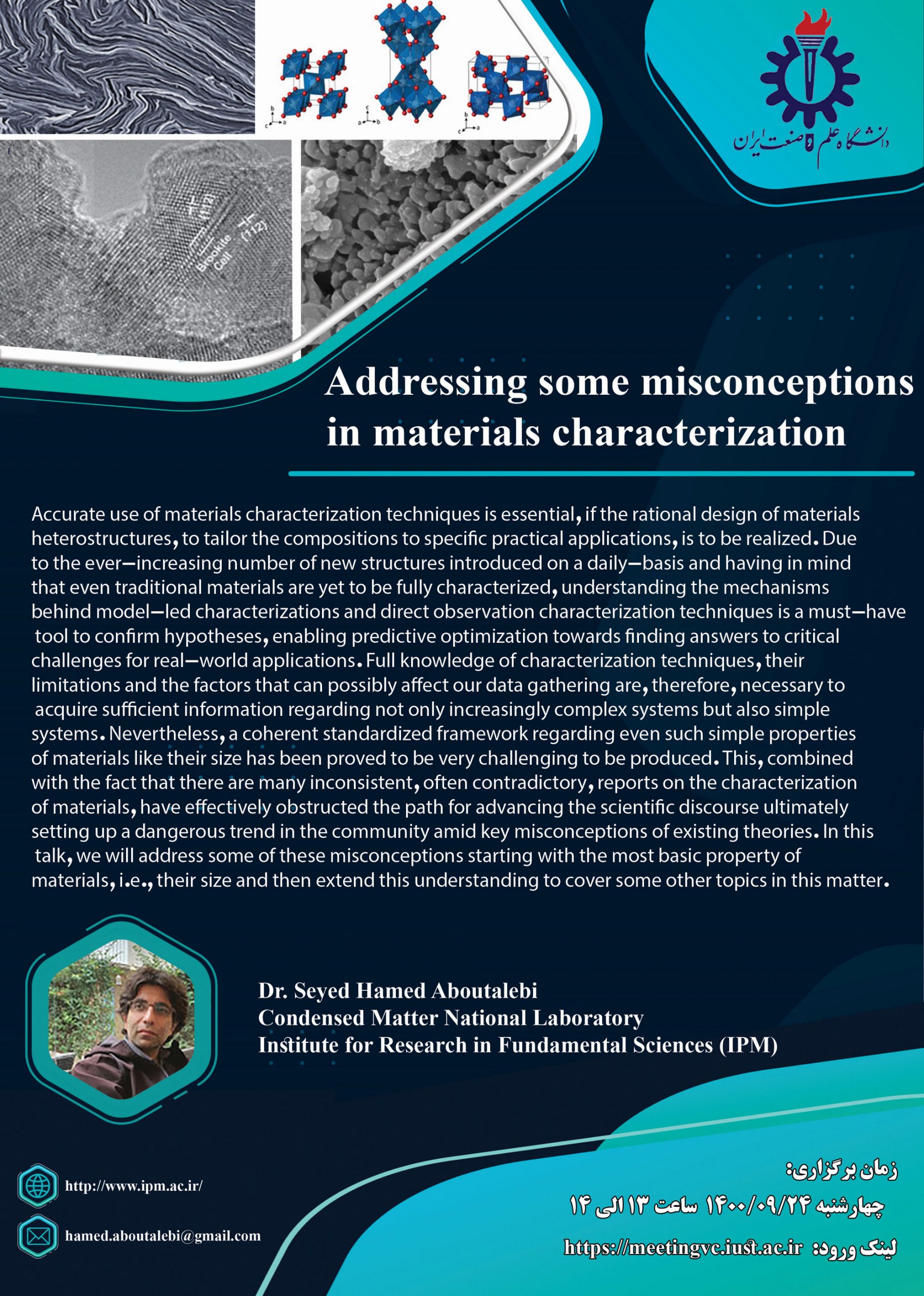Accurate use of materials characterization techniques is essential, if the rational design of materials heterostructures, to tailor the compositions to specific practical applications, is to be realized. Due to the ever-increasing number of new structures introduced on a daily-basis and having in mind that even traditional materials are yet to be fully characterized, understanding the mechanisms behind model-led characterizations and direct observation characterization techniques is a must-have tool to confirm hypotheses, enabling predictive optimization towards finding answers to critical challenges for real-world applications. Full knowledge of characterization techniques, their limitations and the factors that can possibly affect our data gathering are, therefore, necessary to acquire sufficient information regarding not only increasingly complex systems but also simple systems. Nevertheless, a coherent standardized framework regarding even such simple properties of materials like their size has been proved to be very challenging to be produced. This, combined with the fact that there are many inconsistent, often contradictory, reports on the characterization of materials, have effectively obstructed the path for advancing the scientific discourse ultimately setting up a dangerous trend in the community amid key misconceptions of existing theories. In this talk, we will address some of these misconceptions starting with the most basic property of materials, i.e., their size and then extend this understanding to cover some other topics in this matter.

